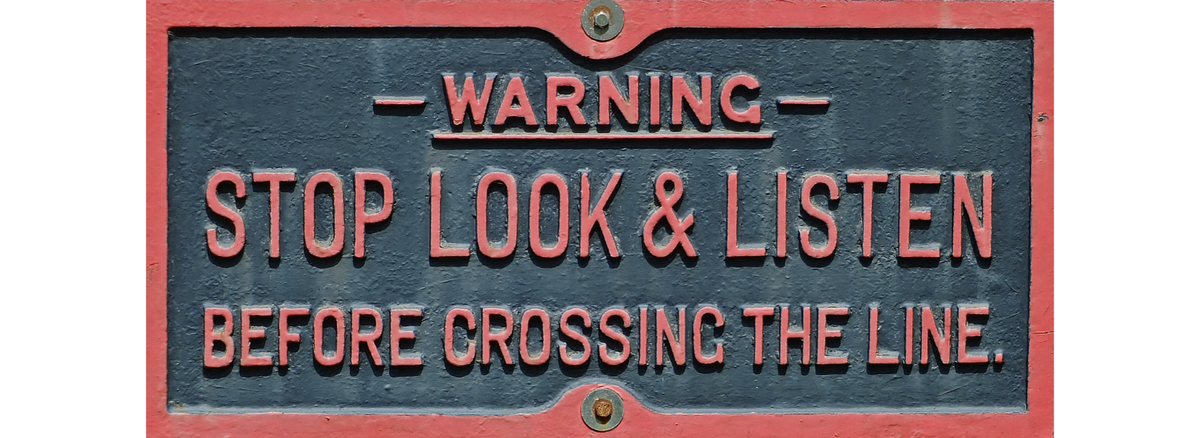Performance reviews: Everyone knows they’re necessary. Almost all organizations have the expectation that employees will participate in at least an annual review—a few attaboys or some harsh scolding—that will motivate that employee through their next year. But even organizations with the best of intentions often let that looming appointment fall through the cracks.
Fortunately, the method, timing, frequency, and format for performance evaluations can actually look very different depending on an organization’s culture. Let’s explore some of the key factors that help determine what an organization’s performance evaluations should look like and why they matter.
What Is a Performance Evaluation?
A performance evaluation is a documented point of reference that assesses an employee’s overall job performance after a specific time frame. It should provide a snapshot of what is going well, is being worked towards, and needs improvement. It can include progress on specific goals, meeting timelines, professional conduct and more.
It is not a surprise inspection. It should be predetermined and, while the time between evaluations will vary organization to organization, it is just a formal step in ongoing conversations about job performance and goals between an employee and supervisor. It is also different from a Performance Improvement Plan, which works to address and correct a specific issue that has been identified.
Ultimately, all performance evaluations should communicate four things: job expectations, whether or not the employee is meeting them, guidance and encouragement.
Why Do Performance Evaluations Matter?
If done right, performance evaluations are a launching point for intentional conversations that provide valuable and continual communication. They are ultimately a vehicle for growth and improvement for both the individual and the organization.
For your organization, performance evaluations give you an opportunity to ensure your job descriptions and employee classifications are accurate. They provide historical documentation and context for key decisions such as raises, promotions, or layoffs. This is especially a necessity when documentation is needed to aid in a transition or termination situation.
For the individual, each employee wants to know how they are doing and needs to know their deficiencies. Both encouragement for achievements and guidance in weaker areas is necessary communication for their growth and satisfaction. Clear communication also ensures your employee and your organization are on the same page, working towards the same goal.
What Are the Basics of How To Do Performance Evaluations?
Before the meeting, document and communicate not only the meeting time but the specific expectations. Have the employee complete a self-evaluation and return it to their supervisor. Have the supervisor complete an evaluation, too, reviewing goals and expectations for the employee. Make sure they use the employee’s job description as the standard and define clear and measurable metrics.
Set a time for the supervisor and employee to have a one-on-one, open conversation. Give time for both to voice and respond to concerns. Before concluding, schedule the next evaluation and any additional times for follow up, if needed. Have both individuals sign the evaluation document and file it in the employee’s file. Be sure to document any follow up meetings or outcomes, as well.
The whole process should be simple and predictable. In fact, if anything in the evaluation is a shock to the employee, performance reviews may not be honest or frequent enough and expectations may not have been communicated or understood.
How Do You Do This with Your Senior Minister?
If your organization has adopted performance evaluations as a cultural norm, an healthy expectation and method of accountability, it will be easy to evaluate even senior staff members. Before heading into senior staff evaluations, make sure you have an established and documented structure and organizational chart in your organization.
Educate the elders or the board on your organization’s current evaluation methods and then work with them to select the best review method of senior leaders, such as self-assessment, open ended questions and prompts. Then have one or more elders or board members be the ones to conduct performance evaluations for staff members at the top of the org chart.
How Do We Begin from Square One?
If your organization has no structure or expectation of performance evaluations in place, you’ll need to begin building the program and culture from the ground up. Determine the type and frequency of evaluations, such as informal bi-weekly check-ins, formal quarterly reviews and a formal annual evaluation. Establish appropriate evaluation templates for each position classification. Define the process, timelines, and expectations for the employee and the supervisor. Take the time to really educate supervisors on why, how, and when performance evaluations need to happen, as well as the importance of documentation.
Educate all staff on the value of performance evaluations and schedule initial evaluations, identifying key milestones, goal setting metrics, job goals and spiritual and mental goals for each position. Begin conducting evaluations, tracking progress and adjusting frequency, if necessary. Communicate additional information back to managers and employees.
Performance evaluations are not only a valuable tool for your employees, but a great way for your organization to grow and care for its people. They are a crucial part of healthy coaching and help you gauge the health of your organization, no matter your size or complexity.











